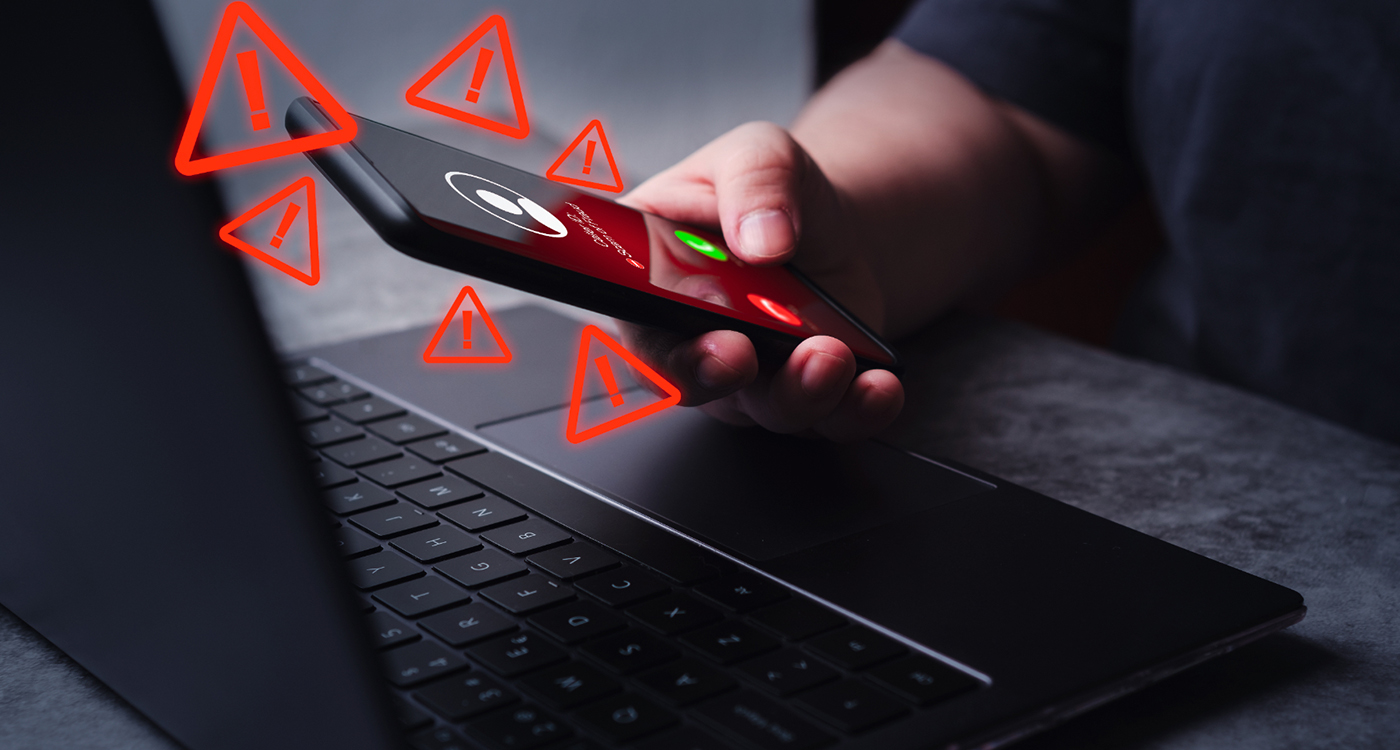
Identity theft is a growing concern for individuals, businesses, and governments alike. It is a crime that can cause financial losses, tarnish your credit, and disrupt your life for years. This guide will help you understand what identity theft is, how it occurs, and the steps you can take to protect yourself and your loved ones.
What Is Identity Theft?
Identity theft occurs when someone steals your personal information, such as your name, Social Security number, credit card details, or banking information, to commit fraud or other crimes. The stolen information is typically used to impersonate you, access your financial resources, or engage in activities that can ruin your financial health and reputation.
The impact of identity theft extends far beyond financial damage. Victims may face legal challenges if the thief commits crimes in their name, and it can take months or even years to fully recover from the fallout. Types of identity theft include:
How Identity Theft Happens
Identity theft can happen in several ways, and criminals are constantly finding new methods to exploit vulnerabilities. Here are the most common tactics:
1. Phishing Scams
Phishing remains one of the most effective tactics for stealing personal information. Cybercriminals send emails or messages that appear to come from legitimate sources, such as your bank or a well-known retailer, asking you to provide sensitive information. These messages often include links to fake websites that mimic real ones, tricking users into inputting their data.
2. Data Breaches
Large-scale data breaches are increasingly common and can expose millions of people’s personal information. Hackers target companies, government agencies, and even healthcare providers to access databases containing sensitive information.
3. Skimming Devices
Thieves use skimming devices attached to ATMs, gas pumps, or point-of-sale systems to capture your credit or debit card details. These devices are often undetectable to the untrained eye, making them particularly dangerous.
4. Social Engineering
Social engineering is the art of manipulating individuals into divulging confidential information. For instance, a scammer might pose as a trusted figure, such as a bank representative, and ask for your Social Security number or account details.
5. Public Wi-Fi Risks
Using public Wi-Fi networks without proper security precautions can expose your personal data to hackers. Cybercriminals often create fake Wi-Fi hotspots or intercept data on unsecured networks.
6. Dumpster Diving and Mail Theft
Even in the digital age, some identity thieves’ resort to old-fashioned methods like dumpster diving to find discarded bank statements, credit card offers, or other documents containing sensitive information. Mail theft is another method where criminals steal letters containing personal or financial details.
7. Weak Online Security
Many people use weak or easily guessable passwords for their online accounts, making it easier for cybercriminals to gain unauthorized access. Reusing passwords across multiple accounts amplifies the risk.
8. Malware and Spyware
Downloading malicious software, often disguised as legitimate programs, can give criminals access to your personal information. Malware can monitor your keystrokes, steal saved passwords, or take over your computer.

How to Protect Against Identity Theft
While the risks may seem overwhelming, there are effective measures you can take to protect yourself. Prevention and vigilance are key to minimizing your exposure to identity theft.
1. Monitor Your Credit Reports
One of the most effective ways to detect identity theft is by monitoring your credit reports regularly. Look for unfamiliar accounts, credit inquiries, or any changes you didn’t initiate. In the U.S., you are entitled to one free credit report annually from each of the three major credit bureaus—Equifax, Experian, and TransUnion.
2. Strengthen Your Passwords
Use strong, unique passwords for all your online accounts. A strong password typically includes a mix of uppercase and lowercase letters, numbers, and special characters. Avoid using easily guessed information like your name, birthdate, or simple sequences like “12345.” Consider using a password manager to generate and securely store your passwords.
3. Enable Two-Factor Authentication (2FA)
Two-factor authentication adds an extra layer of security to your online accounts. Even if a thief obtains your password, they will still need the second authentication step, such as a one-time code sent to your phone, to access your account.
4. Be Wary of Phishing Attempts
Always verify the legitimacy of emails, messages, or phone calls asking for personal information. Avoid clicking on links or downloading attachments from unknown sources. If in doubt, contact the company or institution directly using official contact information.
5. Secure Your Devices and Networks
6. Shred Sensitive Documents
Don’t just throw away documents containing personal information. Invest in a cross-cut shredder to destroy bank statements, tax documents, credit card offers, and other sensitive materials before disposing of them.
7. Monitor Financial Statements
Regularly review your bank and credit card statements for any unauthorized transactions. Report discrepancies to your bank or card issuer immediately.
8. Place Fraud Alerts or Credit Freezes
9. Use Identity Theft Protection Services
Consider subscribing to identity theft protection services, which monitor your credit, personal information, and online activity for signs of fraud. Many services also offer identity restoration assistance if you become a victim.
10. Educate Yourself and Your Family
Awareness is one of the best defenses against identity theft. Educate yourself and your family members about common scams, secure online practices, and the importance of safeguarding personal information.

Identity Theft in Banking & Finance
The banking and finance industry is one of the primary targets for identity thieves due to the direct access to money, credit, and financial services. Fraudsters use stolen personal information to manipulate bank accounts, apply for loans, or engage in fraudulent financial transactions. Understanding how identity theft affects this sector and taking protective measures is essential for safeguarding your finances.
Common Tactics Used in Banking & Finance Identity Theft
Preventing Identity Theft in Banking & Finance
To protect against identity theft, it’s crucial for financial institutions to adopt advanced identity verification solutions. EnQualify offers AI-driven, seamless ID verification to ensure secure onboarding, detect fraud early, and safeguard customer data, helping financial organizations stay ahead of potential threats.



Industries
Company
Resources
Copyrights © EnQualify | All rights reserved. Privacy Policy | Cookie Policy | Terms of Use | Security & Compliance